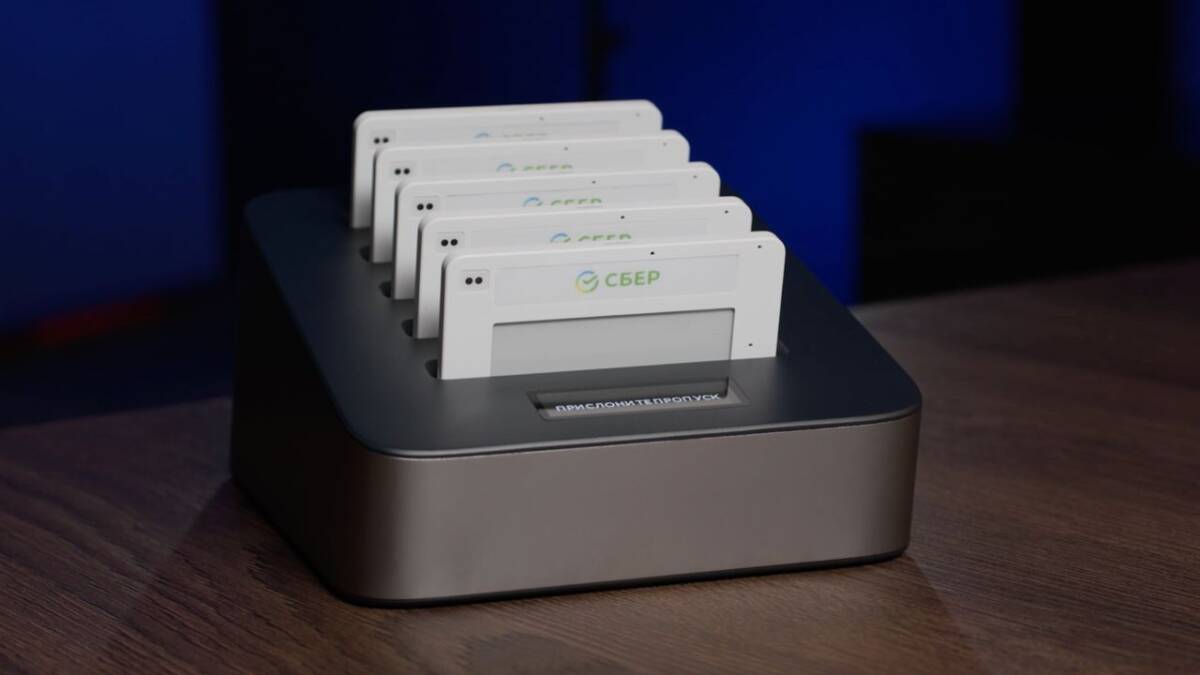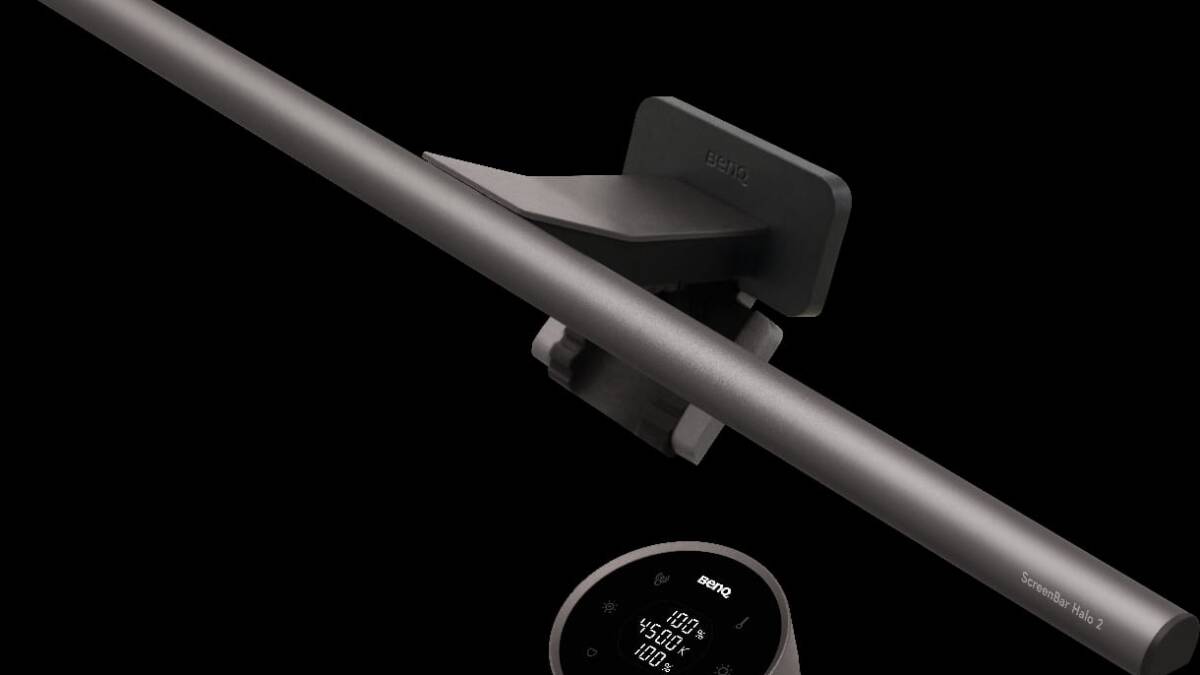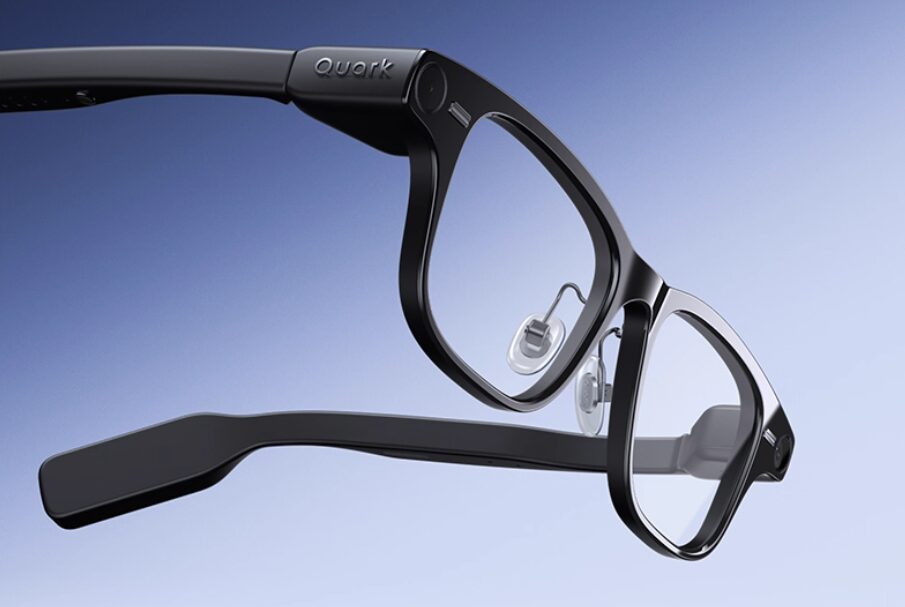Casio unveiled the G-Shock Mudman GW-9502KJ-8 limited edition hippo-inspired G-Shock Mudman watch

Casio has announced that a special version of the G-Shock Mudman GW-9502KJ-8 will go on sale in Japan on November 14. The novelty is created in collaboration with Earthwatch Japan and is already available for pre-order at a price of ¥64,900 (about $420).
The design of the model is inspired by images of an endangered species — the hippo. The case and strap are made of biomass plastic and have a rough texture reminiscent of the animal’s skin. The metal elements around the buttons are made with a pink ionic coating. The strap features the Earthwatch Japan message «Change the World. Yourself», and the organization’s logo is placed on the strap holder, duplicated on the engraving on the back cover and appears when the LED light is turned on. The packaging is made from recycled paper.
Earthwatch Japan — an international NPO founded in 1971. The organization supports more than one hundred field science projects each year and collaborates with researchers and volunteers around the world. Casio has been producing environmental collaborations since the 1990s, and this new model continues that tradition.


The G-Shock Mudman GW-9502KJ-8 retains the full range of signature features of the series. The watch is shock, dust and dirt resistant, built around a Carbon Core Guard case, solar-powered and water resistant to 20 bar. The device weighs — 81 grams, measures — 56.7 × 52.7 × 14.8 mm.
The accurate time is provided by Multi-Band 6 radio signals received from Japan, North America, Europe and China. The watch has a triple sensor that detects direction, pressure, altitude and temperature. Also available are a pressure graph, altitude memory, 14 ascent records, temperature measurement from -10 to +60 °C, sunrise and sunset data, world time for 48 cities, a 1/10 second stopwatch with countdown to 1000 hours, a 24 hour timer and five alarms. LED illumination in the form of a white superlight.
The battery life is about six months on a full charge without sunlight and up to 26 months in power-saving mode. Claimed accuracy is — ±15 seconds per month in the absence of radio synchronization.







